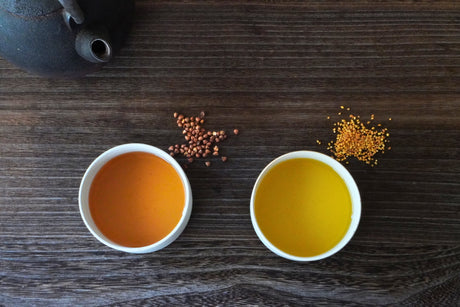
What is Soba Tea (Buckwheat Tea)?
Have You Heard of “SOBA”? Soba is a plant from the buckwheat family (Polygonaceae, genus Fagopyrum). The seeds from this plant are ground into flour and used to make soba...
Matcha Shortage - Inventories are now at their lowest. Items in-stock or pre-order items can be found here. Pre-order lead times are estimates only and may change at any time.
Free shipping over JPY1,500 within Japan.
International shipping available to 90+ countries!
From northern Hokkaido to tropical Okinawa, we bring you a thousand artisanal tea and herbal infusions from hundreds of farms and producers throughout Japan.

World's Largest Selection of
Yunomi.life is a People-to-People e-commerce platform built to offer 1000+ artisanal Japanese teas, matcha, and accessories from 200+ small-scale, family-operated Japanese tea farms, factories, and artisans to the doorsteps of tea enthusiasts worldwide.
Subscribe for a series of tea tips, promos, discounts, new product info, and a coupon for 1000 yen off orders of 3000 yen or more. Unsubscribe at any time. Terms and conditions apply. Enter your email below to subscribe.
Matsuo Tea Garden
#0906.N2 Yunomi.Matcha: Kurumy - Toasty Matcha from Matsuo Tea Garden, Nagasaki
Chakouan
#0905.S1 Chakouan: Ureshino Kamairi Matcha Standard 嬉野産釜炒り抹茶 (H1546)
Chakouan
#0904.S1 Chakouan: Ureshino Kamairi Matcha Superior 嬉野産釜炒り抹茶 (H1545)
Yunomi.life
Dewdrop - Japanese Kanten Jelly Kit (Limited Quantity)
Kajihara Tea Garden
#0903.K5 Kajihara Tea Garden Hatsutsumi (Hachijyuhachiya) Koushun , Green Tea from Kumamoto 八十八夜摘み香駿
Iba Yu Tea Garden
Iba Yu Tea Garden
Tsubame to Chabatake
#0896.A1 Tsubame to Chabatake: Farm Direct Wakocha Black Tea from Nukata Village, Okazaki, Aichi
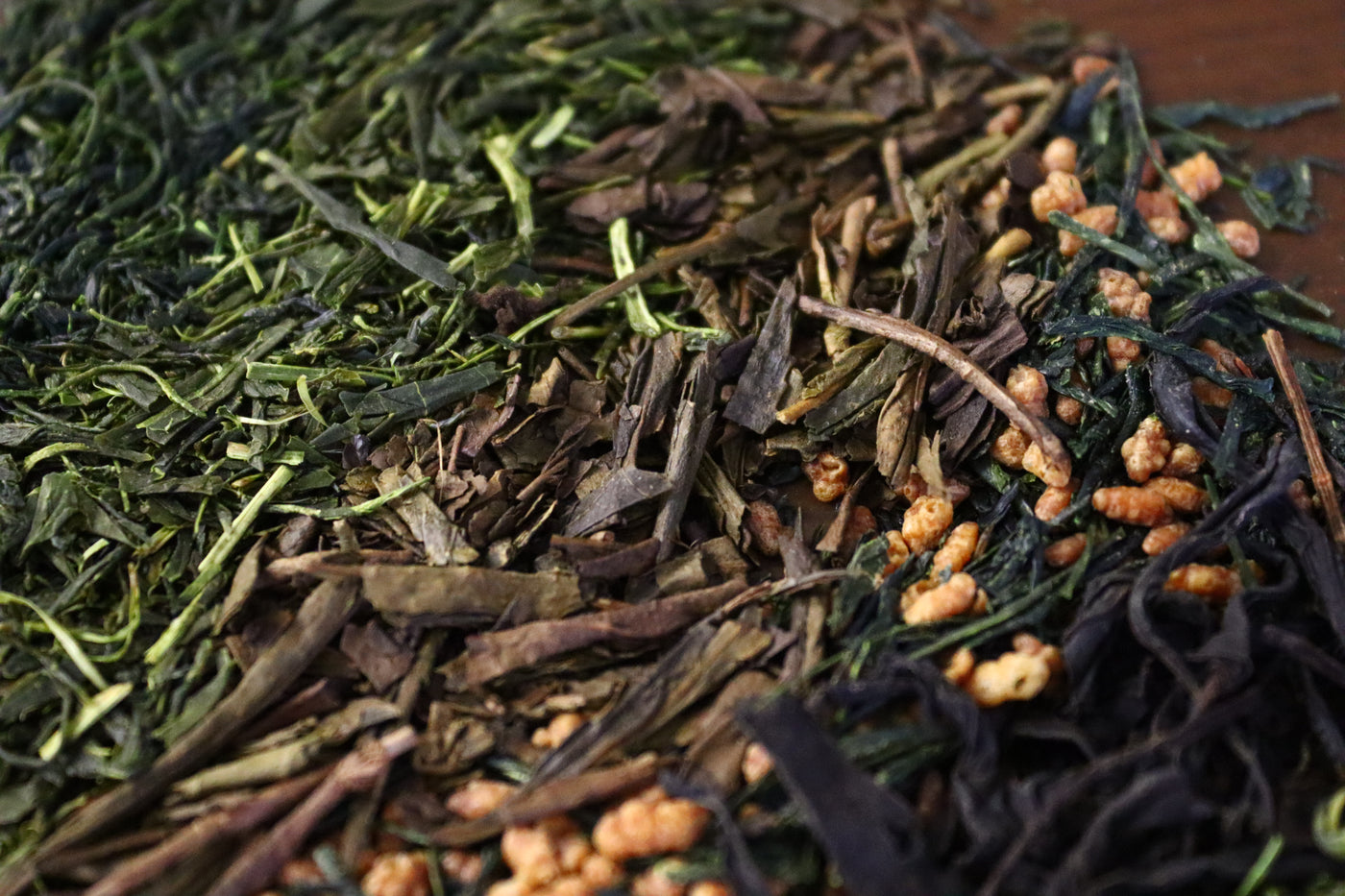
Yunomi.life
By partnering with 150+ small-scale tea farms and factories throughout Japan, we are able to offer you the widest selection (about a thousand!) of artisanal Japanese tea.
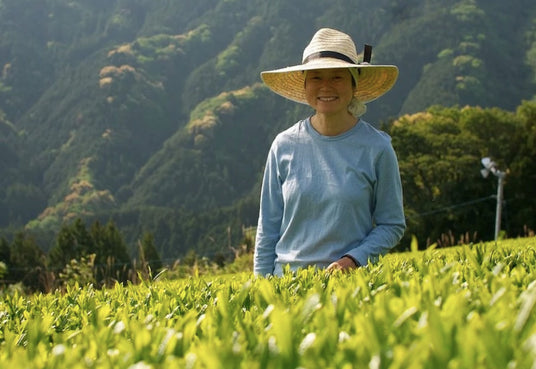
In tea and other very traditional Japanese industries you rarely see women in leading roles. But they do exist and this collection is meant to highlight those women who are challenging the status quo.
As a criteria for inclusion, we feature products from producers where women take a visible role of leadership becoming role models for other women in this male dominated society.
Like Ayumi Kinezuka pictured here, they are farmers and CEOS, processing experts and business owners.
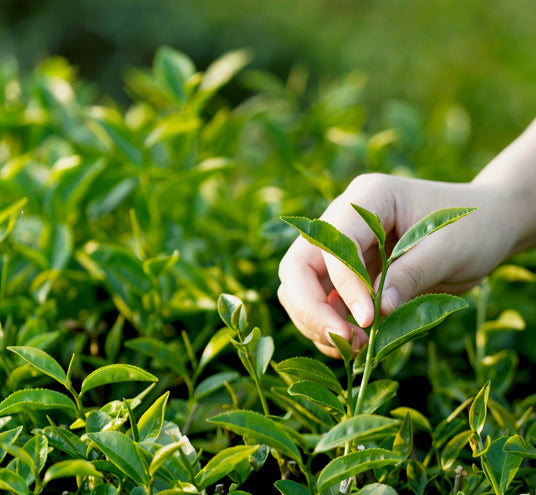
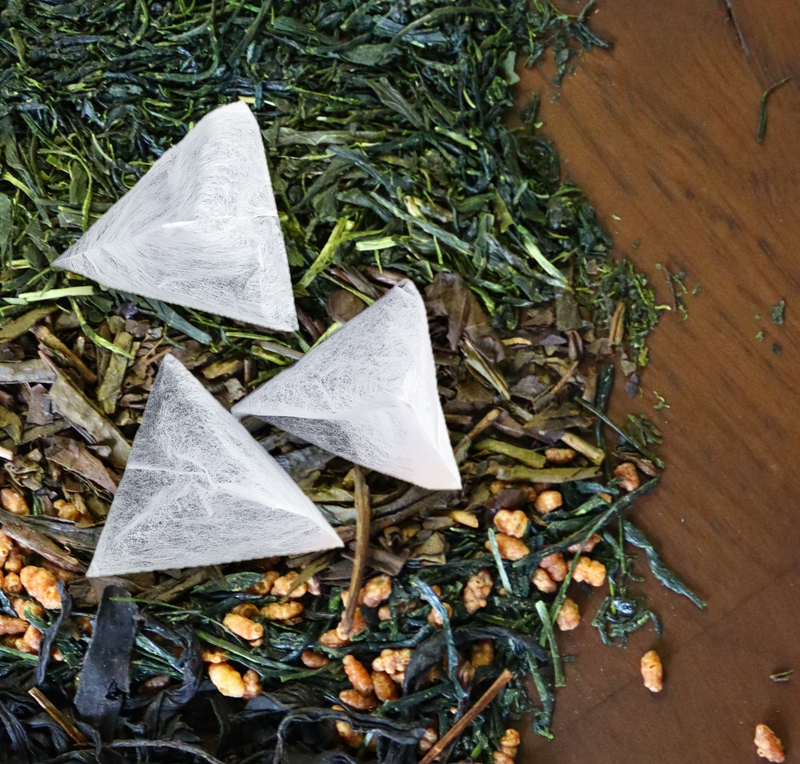
Tea bags

Gift Ideas
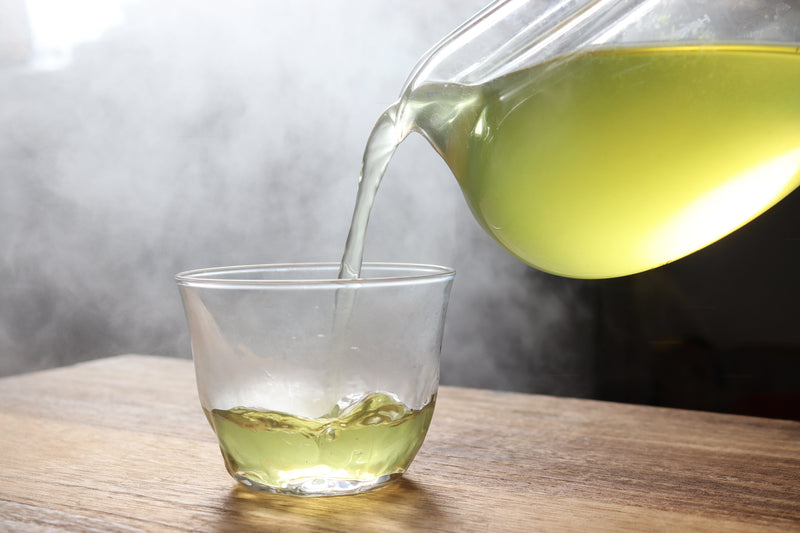
Yunomi Dojo
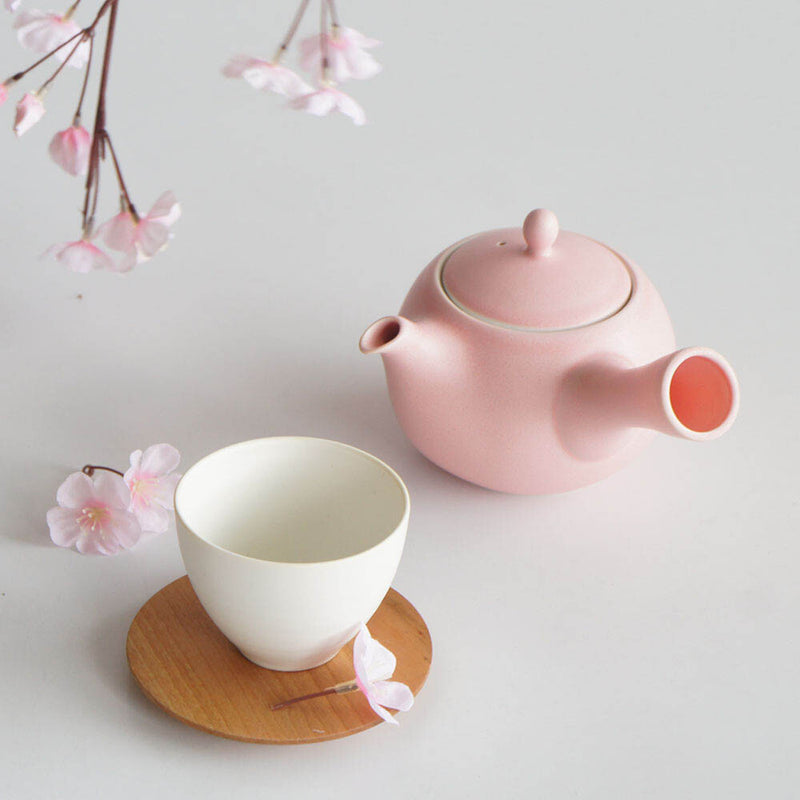
Tea Ware
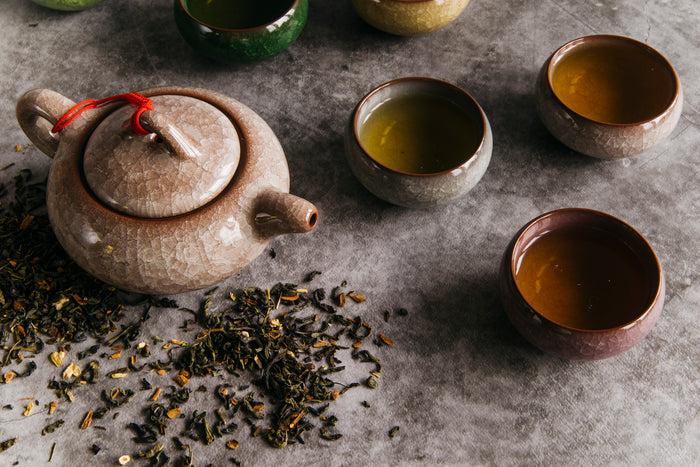
Japanese tea farms and factories have been crafting more and more non-green teas.
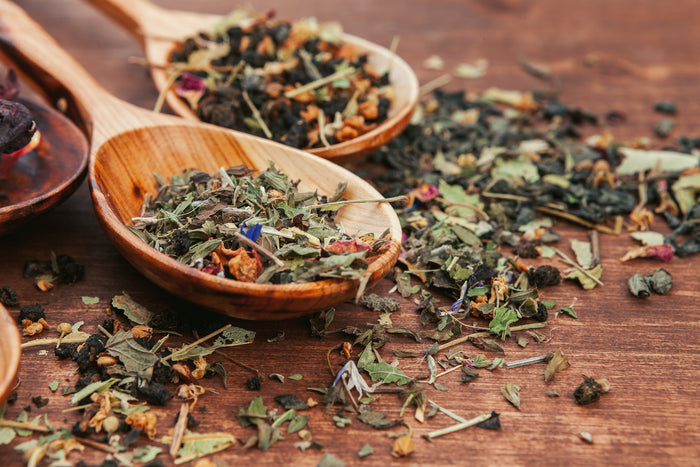
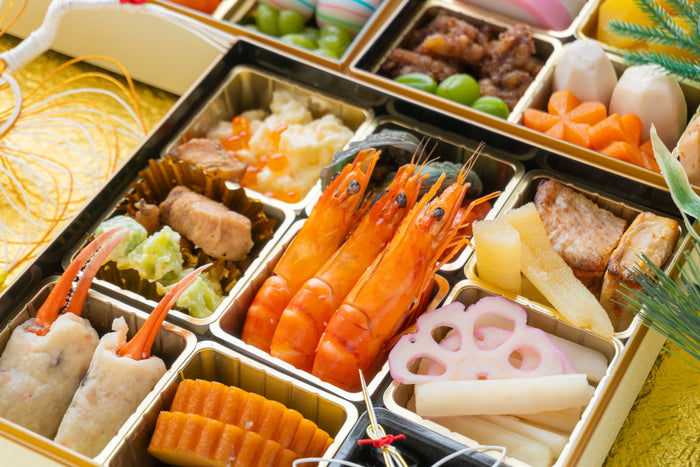
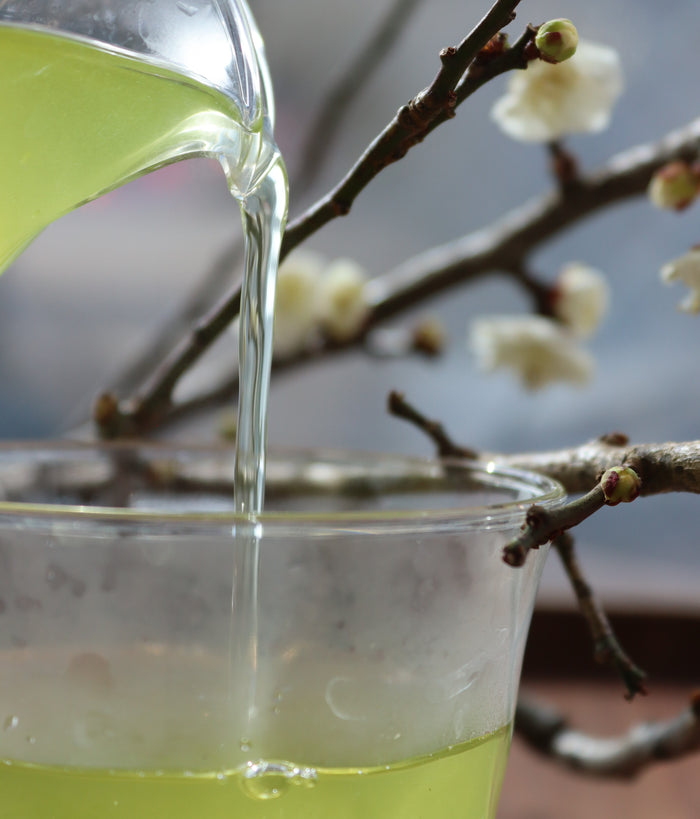

Have You Heard of “SOBA”? Soba is a plant from the buckwheat family (Polygonaceae, genus Fagopyrum). The seeds from this plant are ground into flour and used to make soba...
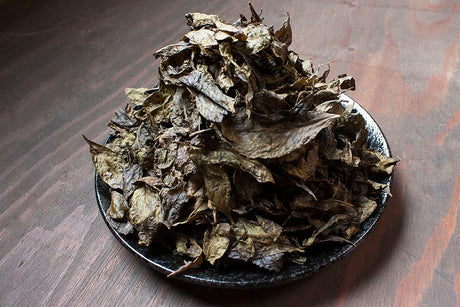
Starting at 17:25, the documentary shares the process of making Awa Bancha in Tokushima Prefecture, a type of fermented folk tea made in certain Kamikatsu and Aioi Villages in the region....

Tokushima is a prefecture of Japan that is located on the island of Shikoku. When one thinks of Japanese tea, Tokushima is probably not the prefecture that comes to mind....
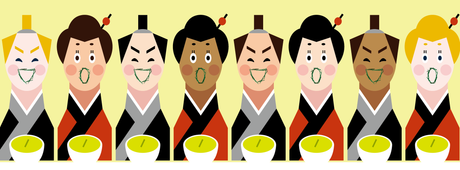
by Katrina Wild June 4, 2024 Every three years, Shizuoka Prefecture hosts the World O-CHA Festival, a celebration of tea's rich history, innovation, and diversity. The latest event in...
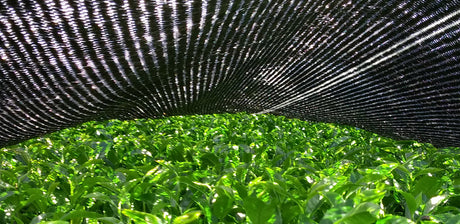
As the name suggests in Japanese, “kabusecha” which means covered tea is grown by covering the tea leaves with a cloth called kanreisha before they are harvested. This shade growing...

On February 3-4, we visited Akemi Ishimoto, an 87 year old kancha tea farmer who is located in the Southernmost tip of Tokushima Prefecture. You can learn about the kancha...
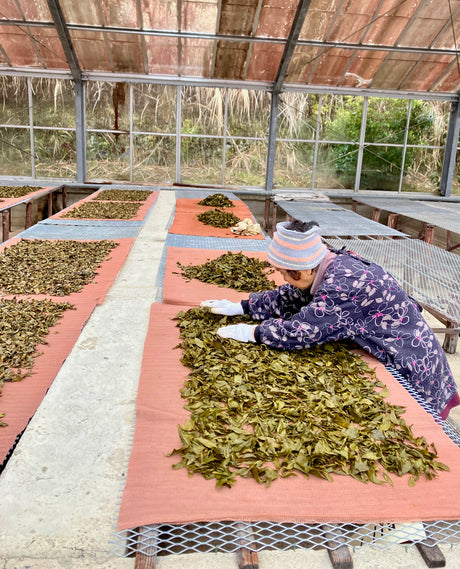
Shishikuicho city, is in the southernmost district of Tokushima Prefecture, called Kaiyo. As its name Kaiyo (in Japanese: 海陽) suggests in Japanese, it is a "sea town" that is famous for its sea....
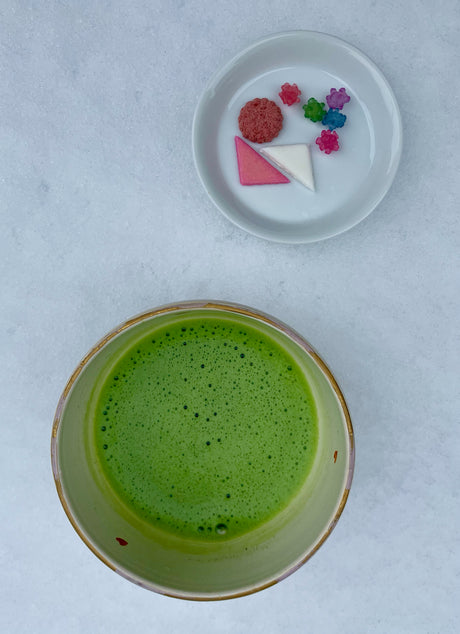
As some of you may have been aware, February 6th marked the day of matcha in Japan. In a previous blogpost on Yunomi, we touched on some of the tea...

When pears are in season, and you're looking for a fresh take, this is the perfect recipe to try: Poached pears in Japanese black tea with yuzu peel! Made with...

Hojichai Smoothie: A Creamy, Tropical Twist on Roasted Green Tea In this post, we’re introducing a creamy, nutrient-packed smoothie made with our Beachside Breakfast Hojichai Powder — a tropical twist...

Looking for a light and refreshing drink to cool down this summer? This cold-brewed green tea lemonade is just what you need. It combines the gentle umami of green tea...
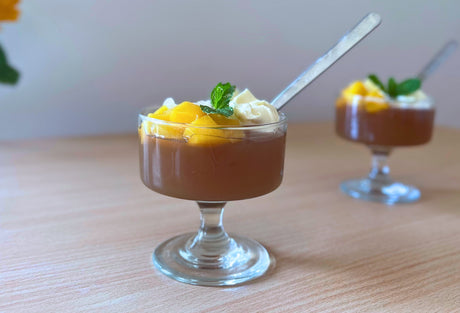
I've recently come to the UK from Japan and am currently staying here. The latest article is here. Shiratama Meets Eaton Mess : Summer Dessert Fusion Between Japan and the...
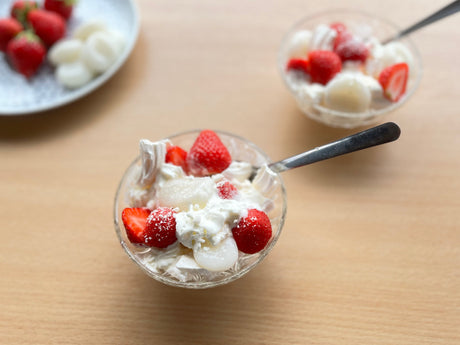
Hello from the UK!While I'm staying here, I brought this with me: Shiratamako (白玉粉, glutinous rice flour). Shiratamako - Glutinous Rice Flour from Niigata, Kyo no Kanbutsuya 京の乾物屋 白玉粉 What...

If you're a matcha lover looking for a simple yet flavorful homemade spread, this matcha cream is sure to become your new favorite. Inspired by Nutella, the popular chocolate-hazelnut spread...
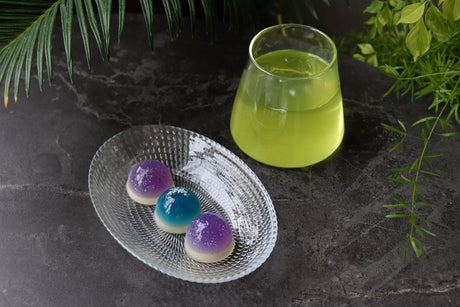
We’re excited to launch our newest creation: Dewdrop – Japanese Kanten Jelly Kit — a hands-on culinary experience that transforms traditional ingredients into shimmering, jewel-like treats. Inspired by the soft...
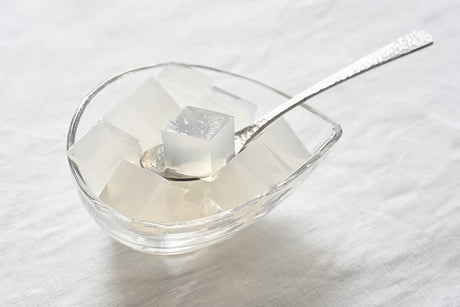
What is Kanten? Kanten(寒天) is a natural gelling agent made from red algae, particularly species such as tengusa and ogonori. It has been widely used in traditional Japanese sweets (wagashi)...
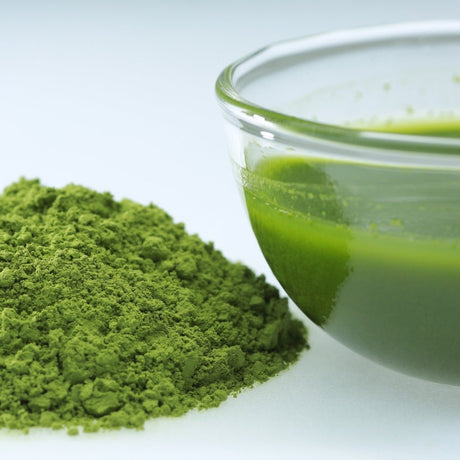
Tasting single cultivars without it being blended is a great way to improve your knowledge if matcha (and tea) but only useful if it comes from the same producer who...
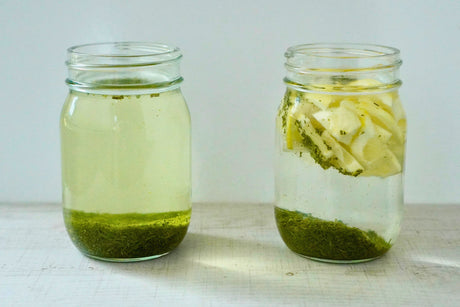
Something I Noticed While Testing a Recipe Recently, while I was testing a new recipe, I came across something interesting, and I thought it might be worth sharing with tea...

5 minute read To read the Japanese version, please click here. We recently asked our science team to investigate how matcha storage temperature and duration influence quality. They reviewed scientific...
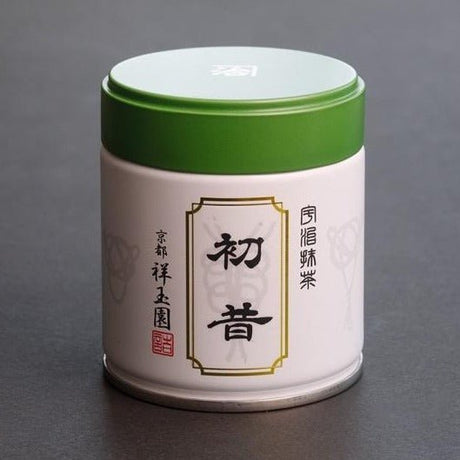
The Art of Matcha Naming in the Centuries Old Matcha Industry: Unraveling the terms “Shiro” 白 and “Mukashi” 昔 In the world of traditional Japanese matcha, the terms Shiro and...
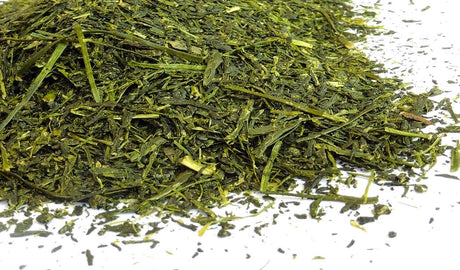
As its name implies in Japanese, fukamushi sencha is deep steamed tea. “Fukai” (Japanese: 深い) means deep and “mushi” (蒸し) means steamed. This is exactly how fukamushi sencha is processed,...
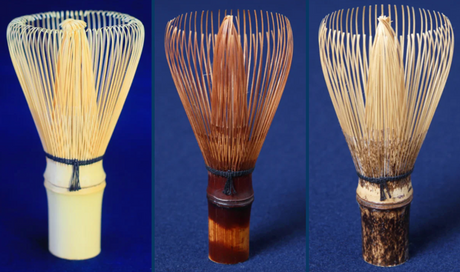
Matcha is becoming known globally, with its attractive lush green color and health benifits. In Japan, the traditional tea ceremony, chado, was initiated in the early 12th century as a...
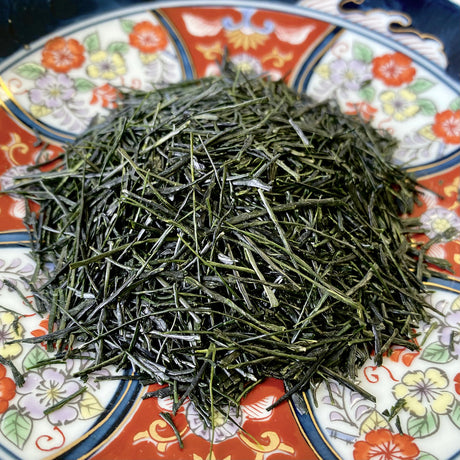
Here is a little bit of tea news from the homefront (Japan). Just last month, from the 22nd to the 25th of August, the 77th National Tea Festival represented by...
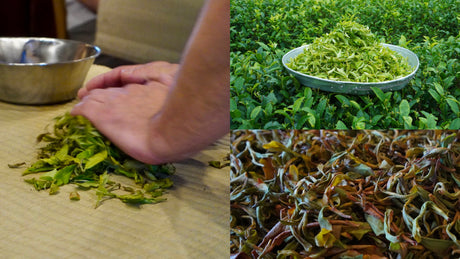
Do you know there is black tea made from tea leaves eaten by insects? It is called Mikko-kocha (蜜香紅茶), literally means honey fragrance black tea. This special fragrance is created by...



Every delivery’s carbon footprint is calculated based on weight, shipping method, and distance traveled. We neutralize these emissions by purchasing verified carbon removal credits from groundbreaking projects. When you add a contribution to your order, 100% of that money is used to pay for additional carbon removal.



With your purchase, you’ll join a community of proactive merchants and customers dedicated to a sustainable future. Together, we've removed emissions for over 66 million deliveries and removed over 47 thousand tonnes of carbon.

We work with a network of pioneering carbon removal companies that have been vetted by the commerce platform Shopify.


Fukubukuro - Yunomi Staff Selected Green Tea Gifts
You'll get a coupon for ¥1000 off ¥3000+ (or equivalent in checkout currency), and a series of tips in addition to regular news, exclusive promotions, and more. Cancel at any time!
Top-notch support
Do you have questions about Japanese tea? Problems with your order? Contact us and we'll be on it ASAP!
Unmatchable Selection
The world's largest selection of Japanese tea from artisanal tea farms, factories and expert merchants.
See all vendors.
International Shipping
Delivery guaranteed or your money back. We ship via DHL Express or the Post Office to USA and major countries. (Conditions apply.)
Learn About Tea
Extensive info on Japanese tea and tea culture to help you grow as a tea drinker. Visit the Dojo for samplers!
